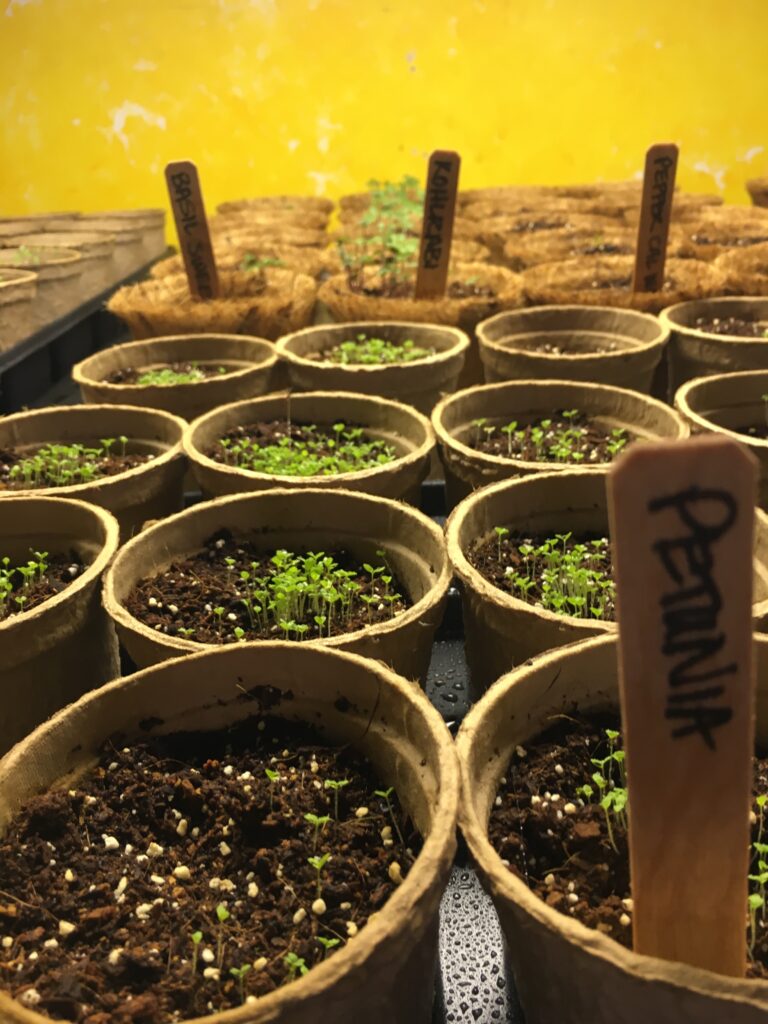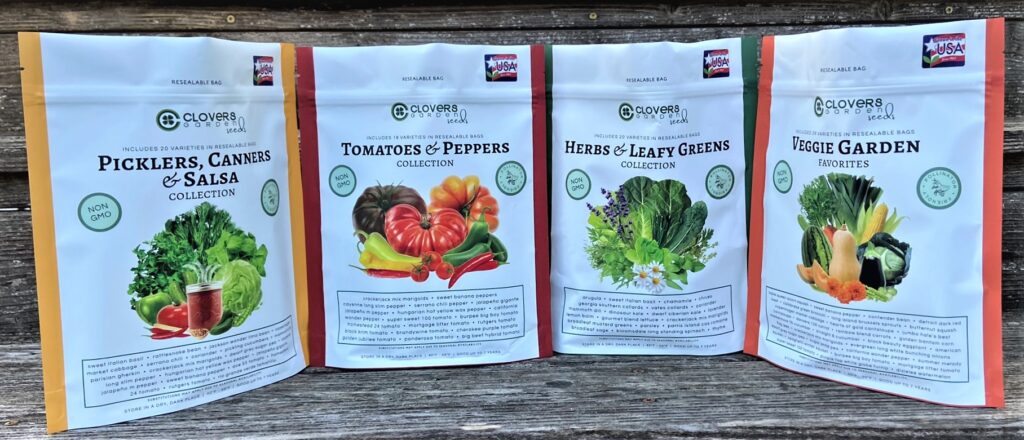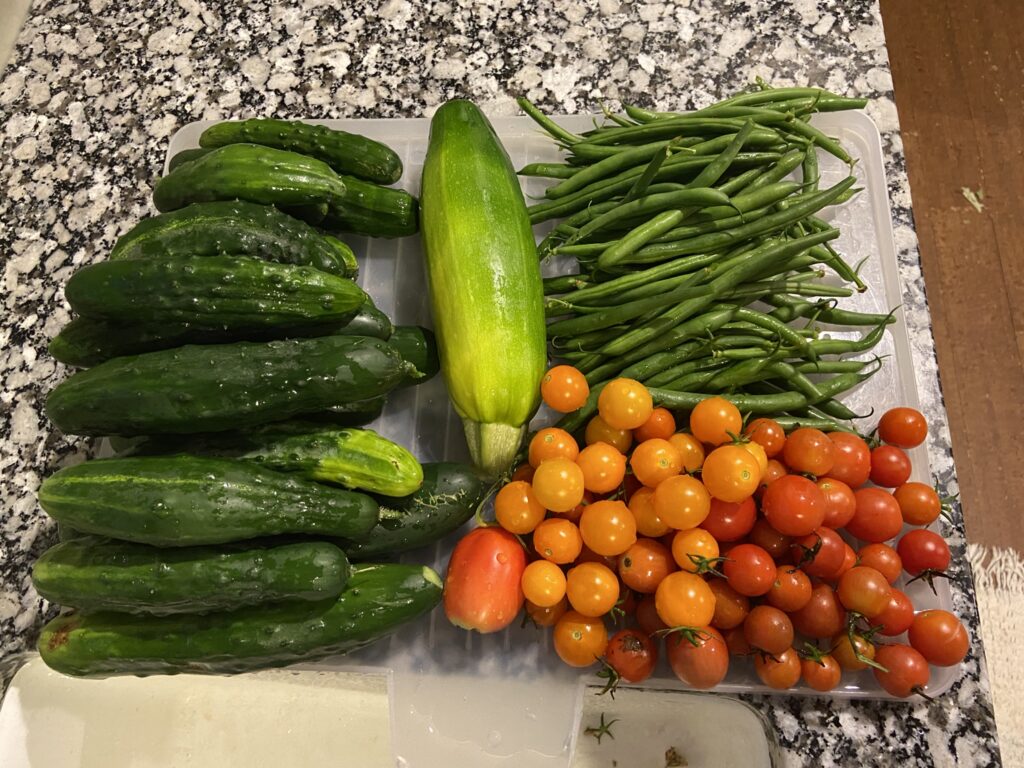
In 2022 we grew nearly 300 pounds of food + cut flowers + maple syrup from our in town 1/4 acre urban homestead. And in 2023 we grew even more by just adding a few more container gardens and planting flowers in new places. We grew it all completely organically without a ton of work. This article shows how much of each kind of veggie we harvested in 2022 and three easy changes we made to bump the harvest.
These results really show that you do not need a huge acreage or a homestead to grow a large amount of food for your family. And it doesn’t take a ton of work (as long as you’re willing to live with a few weeds!)
We do not have a big garden! In total, the raised beds are around 600 square feet, we have two Haralson apple trees, 6 neighborhood maple trees, two rhubarb plants, and six deck pots (in 2023 we upped this to 12 pots). Plus every corner I can find is planted with perennial or annual flowers.
We live right in town with neighbors on all sides. We have busy work schedules and are gone a lot so we don’t spend a lot of time on maintenance or replanting (so this garden could have probably grown even more!). This harvest is more than enough for our small family and we ended up sharing with neighbors and taking a lot to the food shelf.
Three things we added that made a huge difference:
- I put a water filter on my hose – this is normally attached to RVs to filter the water coming into the camper. I have treated city water and I’ve always wondered if that affected the plants. I can say it does and I think this change is one factor in such a great garden season. These are not inexpensive and can be found online, just search “RV/Marine inline water filter”
- I added soaker hoses to my vegetable garden and put it on a timer. Highly recommend the timer because you will forget you turned it on! This kept everything at a much more consistent moisture level and it protected tomatoes from soil splash which causes blight. And side note: I did not have blight on my tomatoes this year for the first time in 10 years!
- I let volunteers grow and did not till in the spring. Last fall I decided to leave garden debris in my garden to build up the soil quality and give critters food and habitat. I also didn’t till the garden up before planting. Wow, did I have volunteer plants! Sunflowers, tomatoes, lettuce, broccoli, and parsley. The sunflowers produced a lot of seeds and both the tomatoes and cucumbers used the sporadically-spaced sunflowers at trellises. (You have to be willing to love non-straight rows and haphazard planting to like this kind of garden!)
Here’s what we harvested in one season:
Maple syrup: the first harvest of the year, we made 2 gallons of pure maple syrup
Rhubarb: enough to make two large rhubarb crisps and 8 pints of jam. Also made a few pints of hot pepper rhubarb jam (recipe here)
Lettuce, Spinach, Kale, Swiss Chard: 15 gallon bags
Parsley: made 1 quart of chimichurri and used all summer fresh
Basil: made 2 quarts of pesto and used all summer fresh
Mint: made 5 batches of mojitos, made 2 quarts infused tincture for sore throats
Dill: picked multiple batches for pickles and dried herbs
Thyme, Rosemary, Sage: Used all summer and made 3 pounds of herb infused butter (just mix fresh herbs with softened butter and roll into a log. Wrap in wax paper and freeze. Then just slice off as needed.
Kohlrabi: 10 plants, ate raw and roasted and sauteed the greens
Zucchini: harvested 47 zucchini, most about 8″ long
Cucumbers: harvested 212 cucumbers (!)
Green beans: harvested 7 gallon bags
Peas: harvested 3 gallon bags
Roma and Beefsteak Tomatoes: picked 38 tomatoes from 4 plants, made 8 quarts of tomato sauce plus lots of fresh slices and salsa.
Cherry Tomatoes: picked 4 gallon bags from 3 plants. One cherry tomato plant grew as tall as the sunflower using it as a trellis.
Peppers: harvested 15 peppers off 2 plants.
Carrots: 25 carrots, largest one was 2” in diameter
Apples: grew almost 2 bushels of apples but the bees and ladybugs got at about ½ bushel before we picked them.
Sunflowers: All my sunflowers were volunteer this year and each stalk grew at least 5 heads, some grew 12! I let them dry in the garden and a lot of the seeds got eaten by the birds. After picking this week and shucking, we ended up with about 1 gallon of seeds. We’ll feed these to the birds and save some for planting next year.
Cut flowers: I had fresh bouquets in the house from May until this past week! And I harvested zinnia, daisy, cosmos, and salvia seeds from the dried flowers for planting next year.

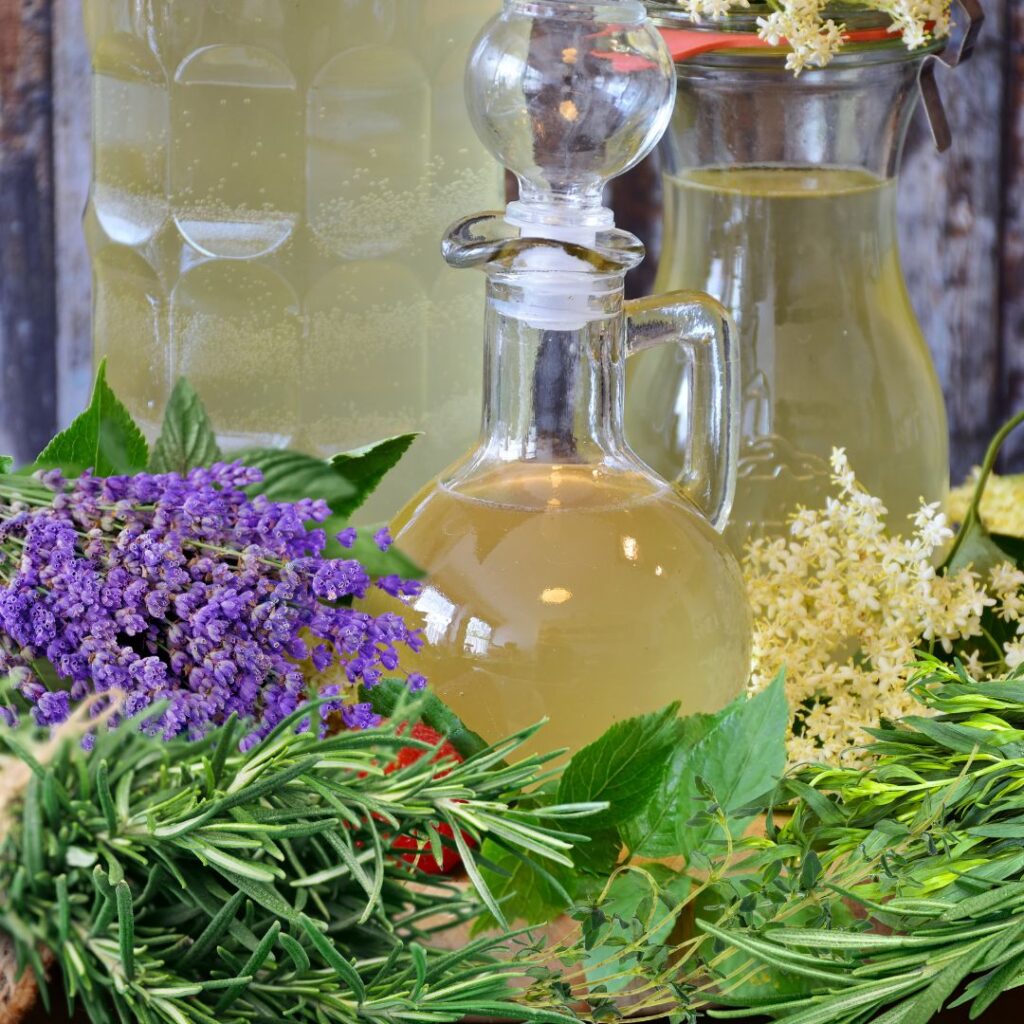
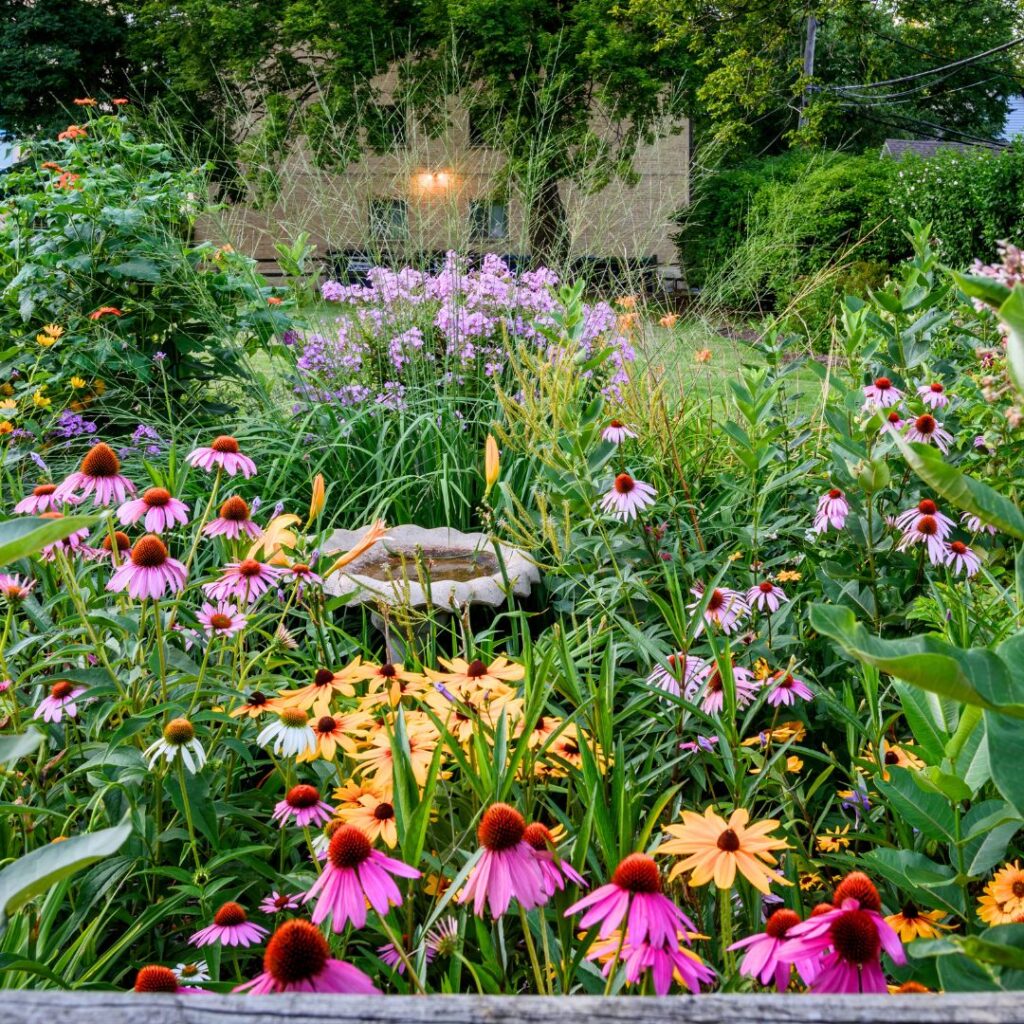




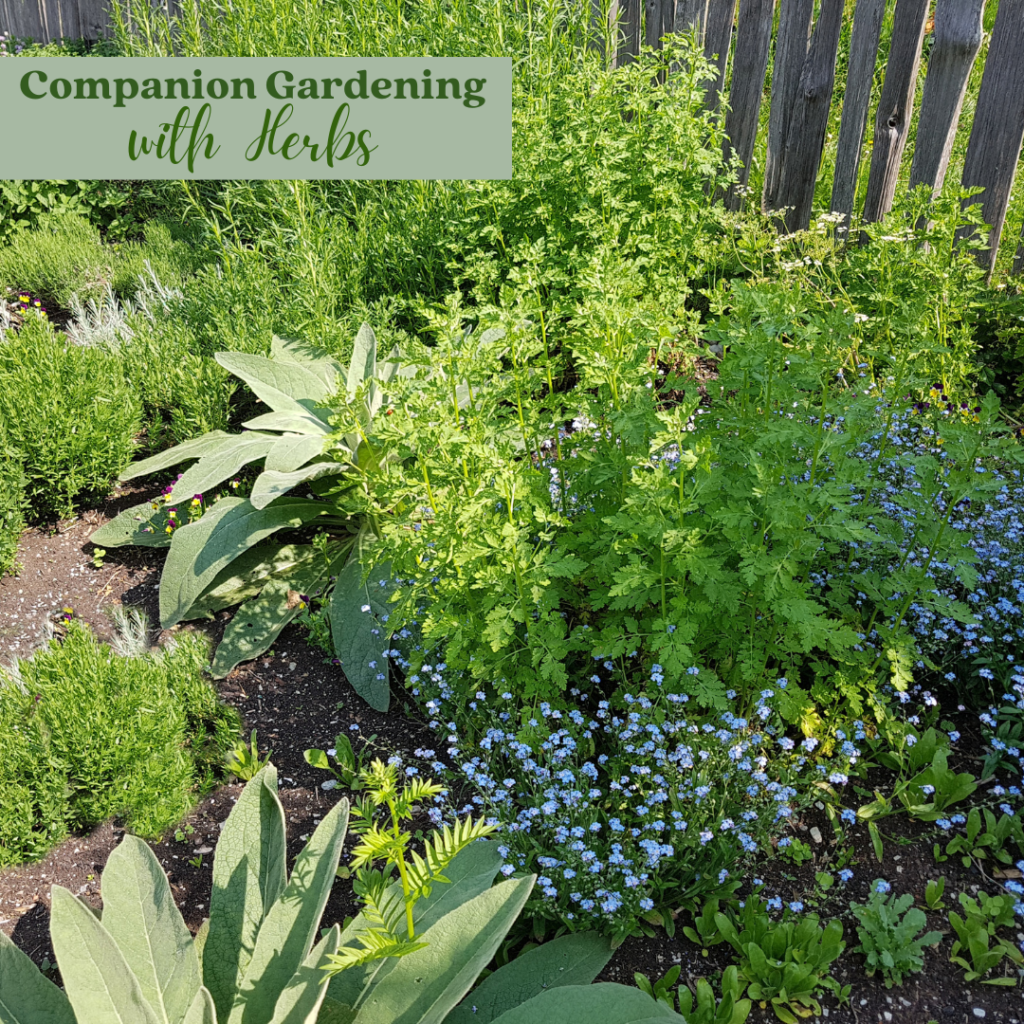

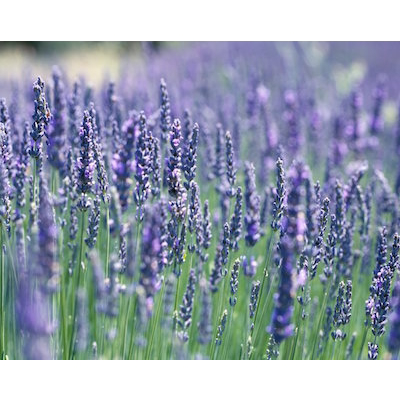
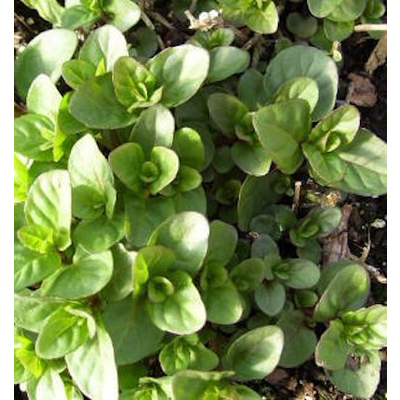
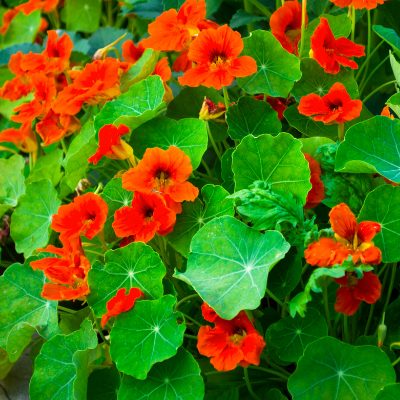
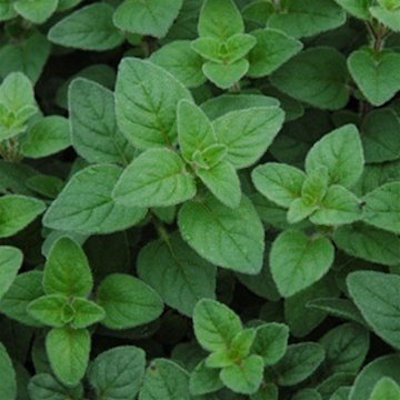

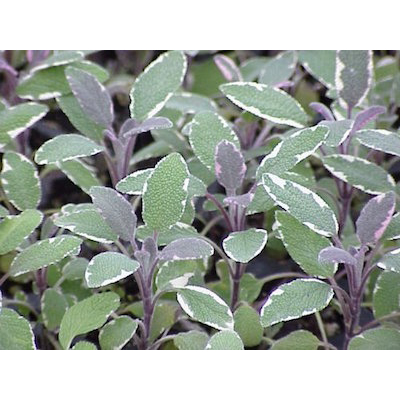
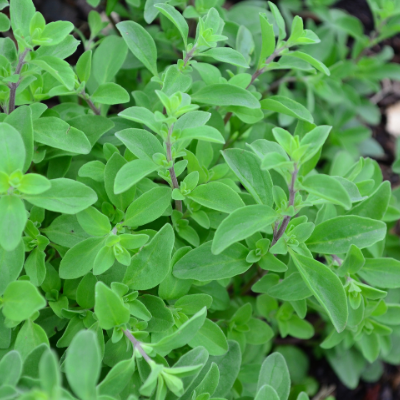
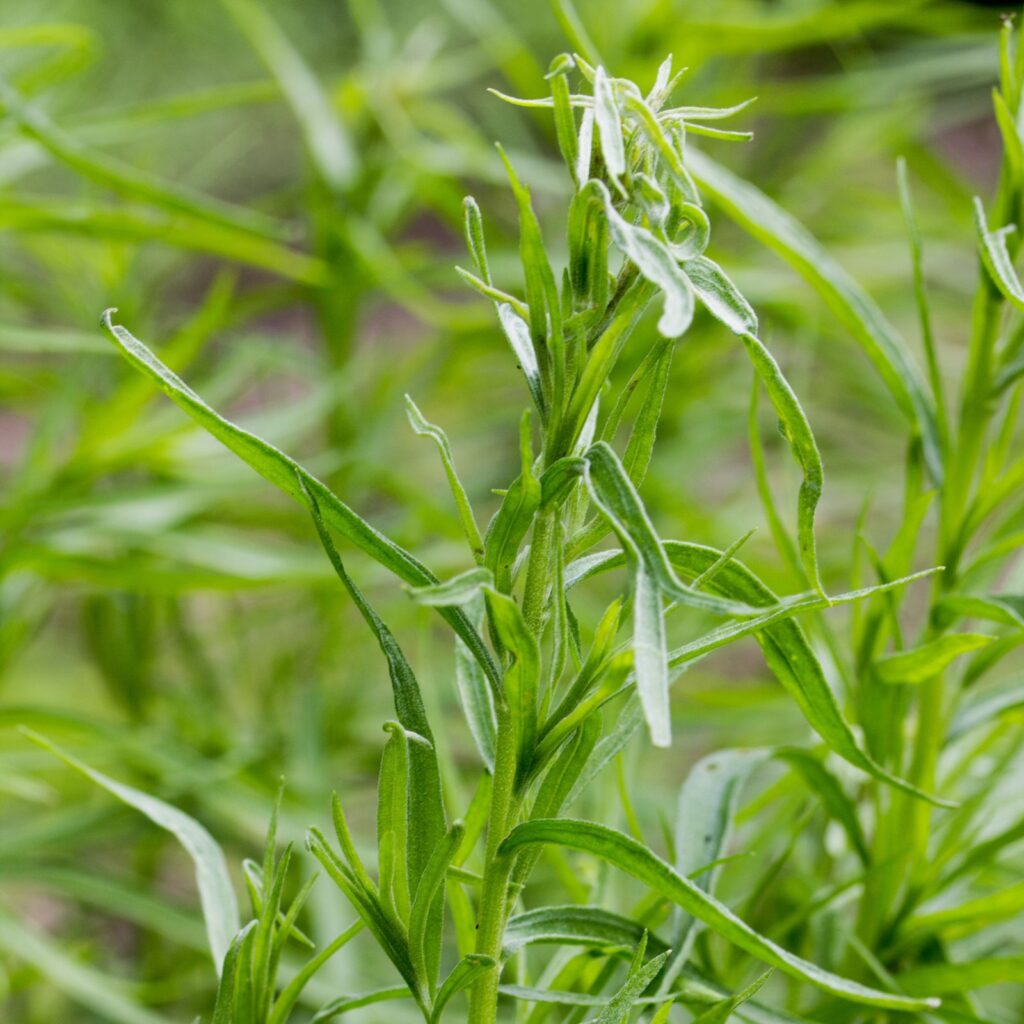
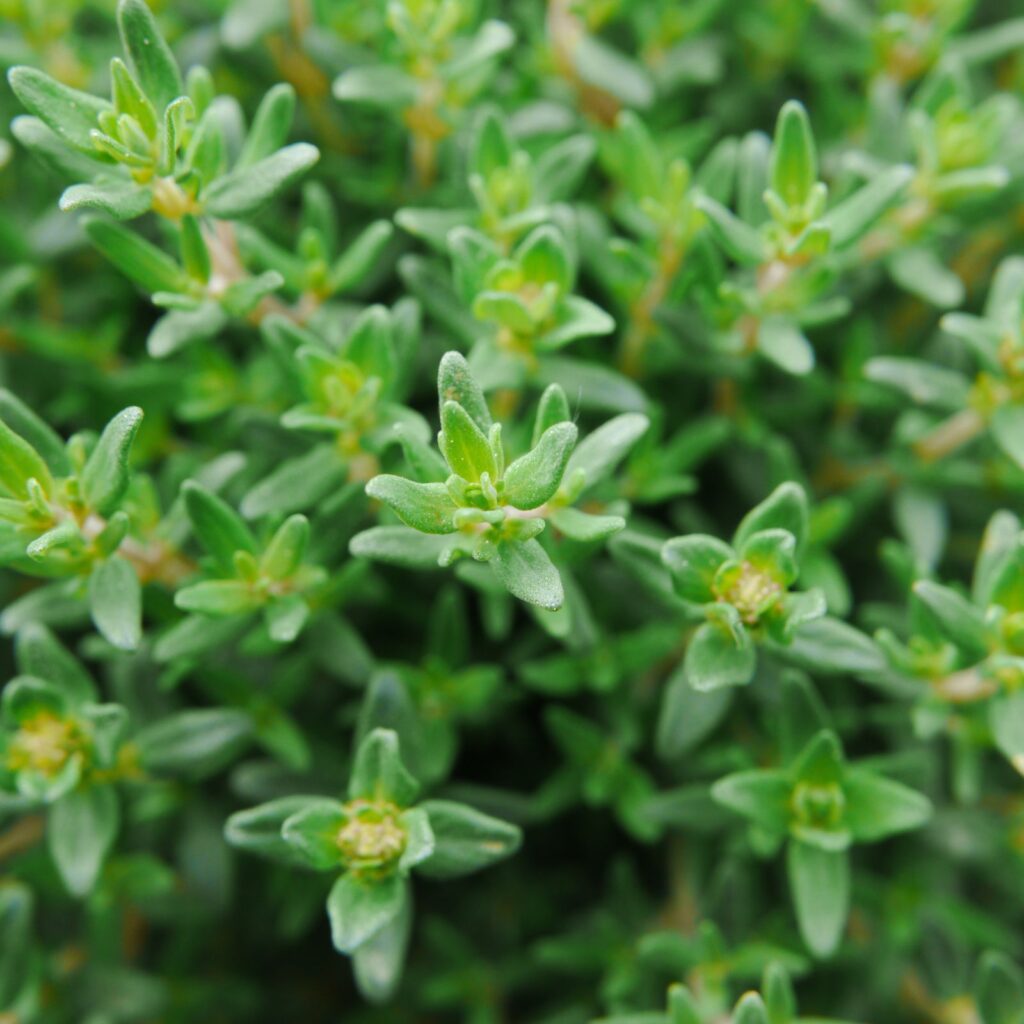

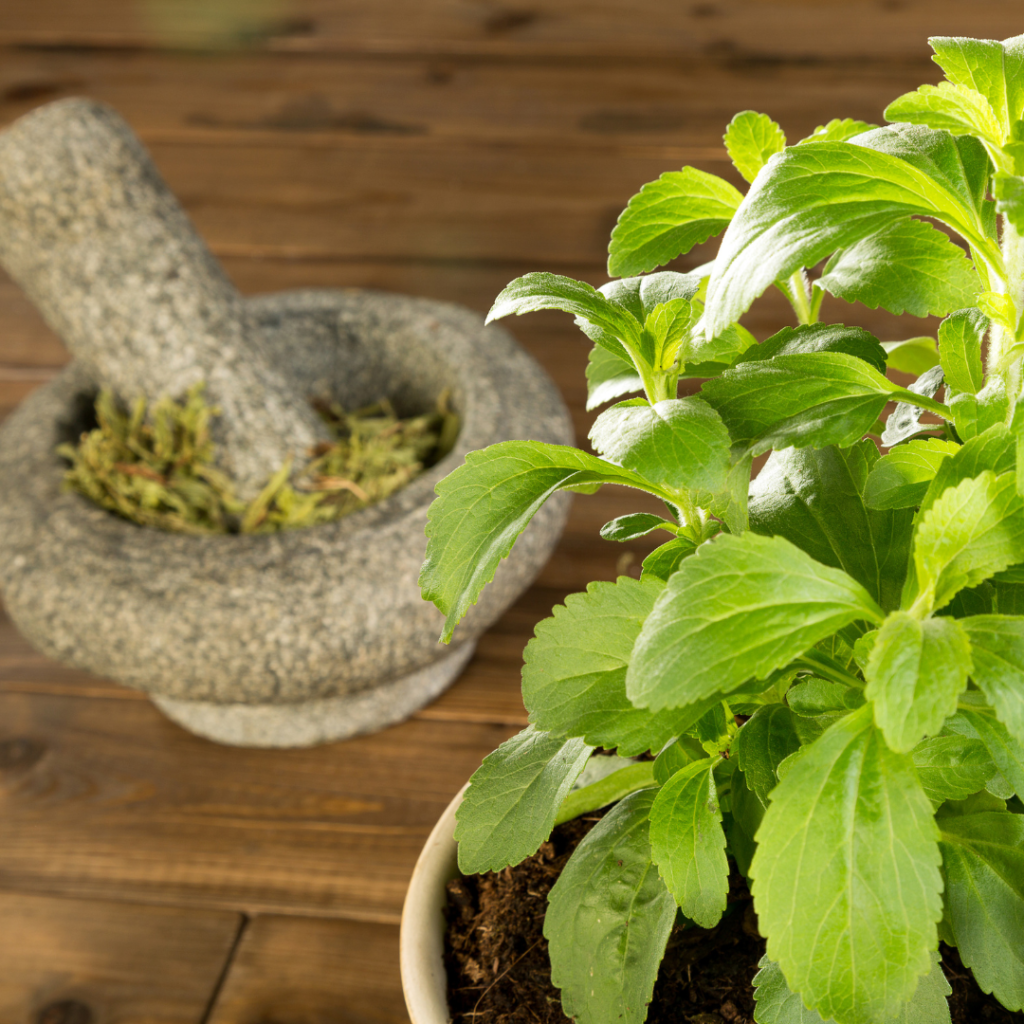
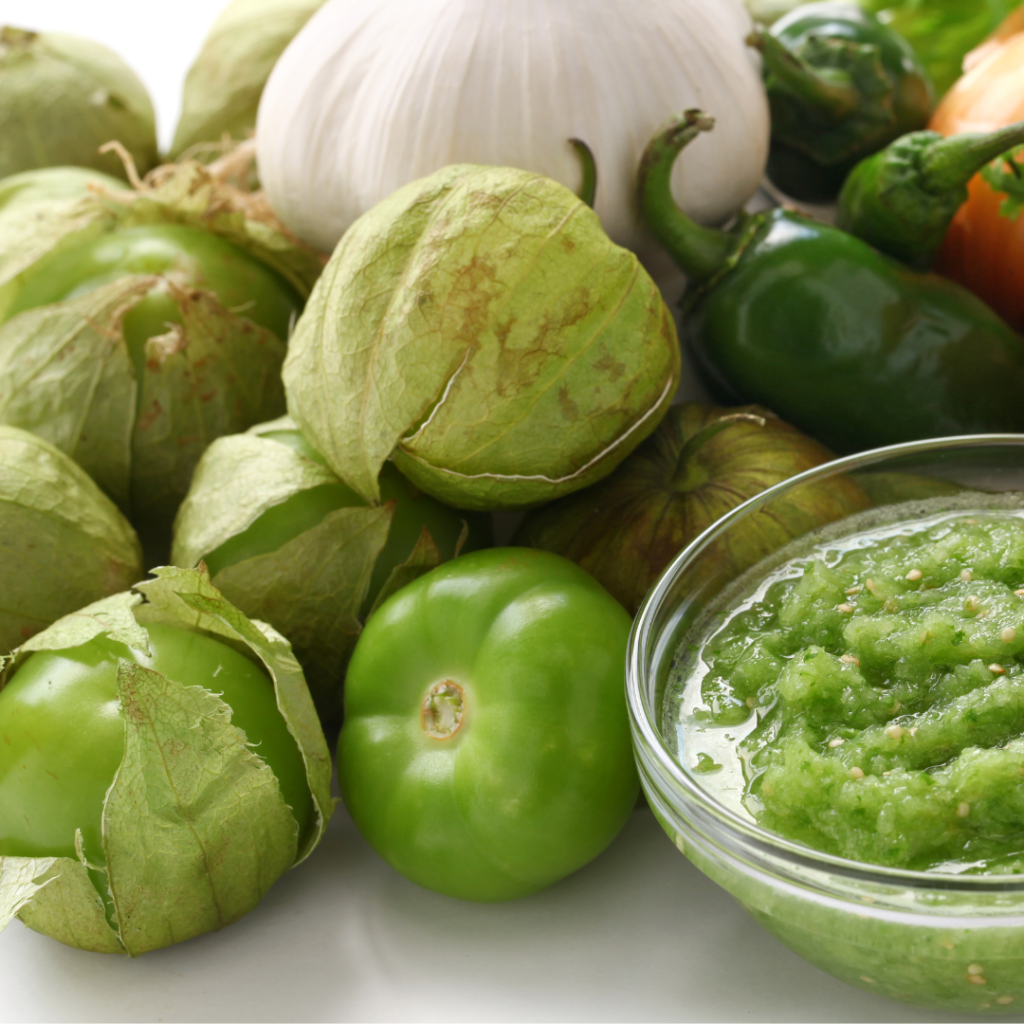

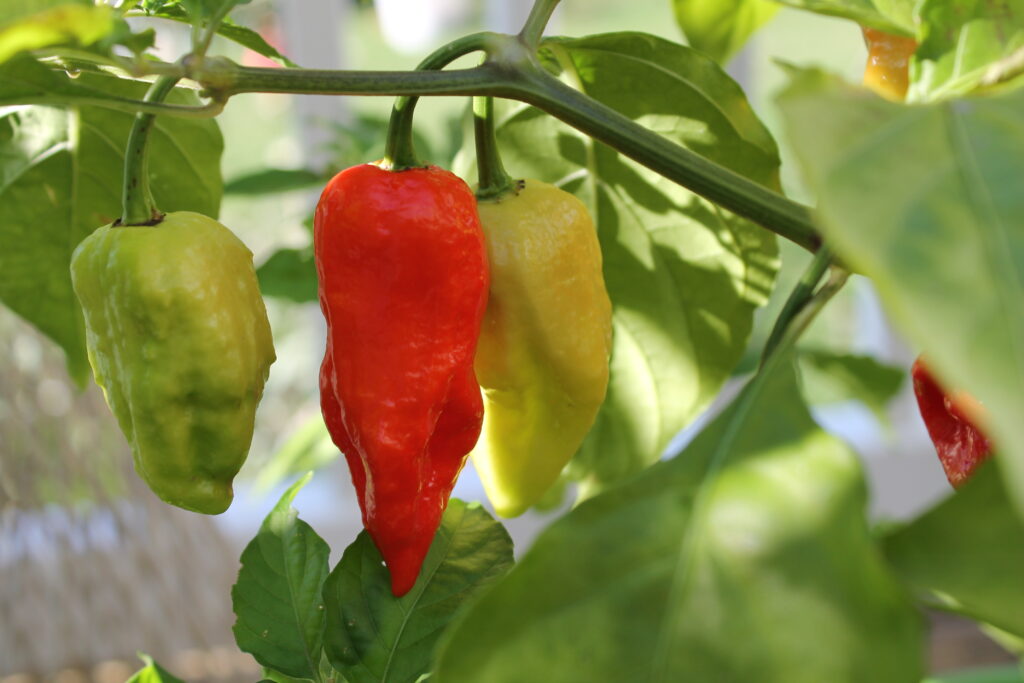
 Whether you’ve grown plants from seed, bought a flat at your local nursery, or plan to move your indoor plants outside for the summer, this change of environment is a shock to their system. They’ve been living in a fairly cushy atmosphere where every condition from wind to rain to light is controlled by you, their doting parent. So you just can’t plop them into the garden and leave them on their own! Hardening off is a gradual process that allows plants to successfully make the switch to outdoor living.
Whether you’ve grown plants from seed, bought a flat at your local nursery, or plan to move your indoor plants outside for the summer, this change of environment is a shock to their system. They’ve been living in a fairly cushy atmosphere where every condition from wind to rain to light is controlled by you, their doting parent. So you just can’t plop them into the garden and leave them on their own! Hardening off is a gradual process that allows plants to successfully make the switch to outdoor living.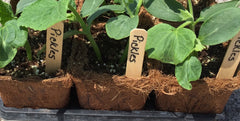 First set plants in the shade and out of the wind for a few hours on a warm afternoon. Bring them back indoors before evening but keep them in a warm part of the house. Every day lengthen the time the plants spend outside, always bring them in before nightfall, and gradually expose them to more and more direct sunlight. Continue to protect from strong wind and keep them watered!
First set plants in the shade and out of the wind for a few hours on a warm afternoon. Bring them back indoors before evening but keep them in a warm part of the house. Every day lengthen the time the plants spend outside, always bring them in before nightfall, and gradually expose them to more and more direct sunlight. Continue to protect from strong wind and keep them watered!